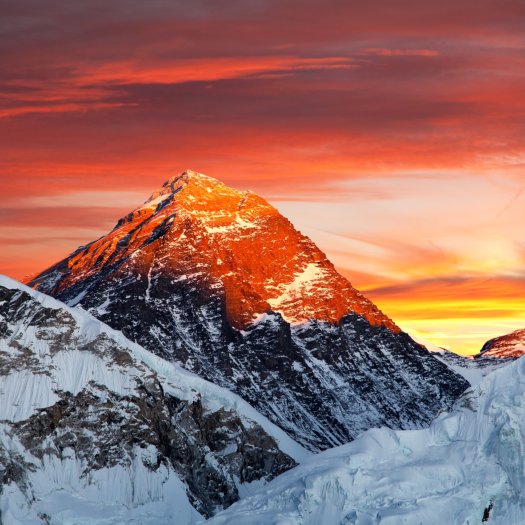Do you know the highest mountain in Europe? Mont Blanc - that's what most people will call out. And those who still go to school can perhaps throw a freshly learned "with 4,810 meters" into the round. However, this knowledge is of only limited use for the "Seven Summits", because strictly speaking Mont Blanc is not part of the illustrious round - for a good reason: Elbrus in the Caucasus easily outranks the proud Italian with 5,642 meters. So if you want to have Mont Blanc on your list, you first have to mentally push Elbrus to Asia. This is quite common, as the borders in Russia are not so precisely defined. But the fact about the "Seven Summits" is: "Dick" Bass and Reinhold Messner did not do this. The two common 7-summit models originate from these climbing enthusiasts, whereby the model of the US-American Bass may well be called the "classic". He is also the first man to conquer "his" seven highest peaks. The work was completed on 30 April 1985 with the successful ascent of Mount Everest. Bass was 55 years old at the time. He died 30 years later, in 2015 in Texas.
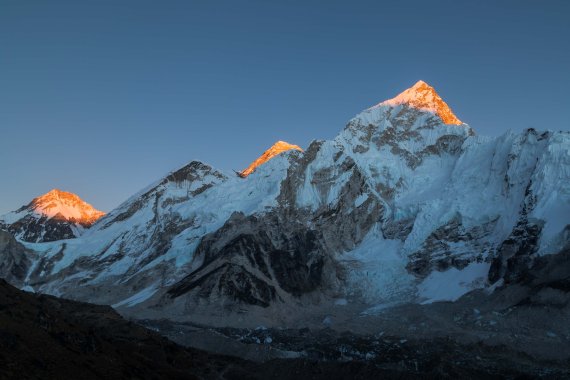
The Mount Everest is the highest mountain in Asia at 8,848m.
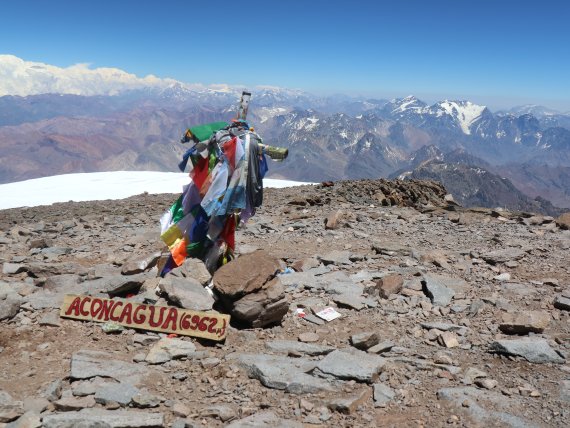
With an altitude of 6,962 meters, Aconcagua is the highest mountain in South America.
While the American Dick Bass and the Italian Reinhold Messner see Elbrus as the highest mountain in Europe without dispute, the agreement ends in Australia at the latest. Bass is satisfied with the 2,228 meters of Mount Kosciuszko, while Messner brings the 4,884-meter Carstensz Pyramid into play - and thus the far more difficult mountain for climbers.
A glance at the map is enough to give precedence to Bass's version. After all, Mount Kosciuszko rises on the Australian continent, albeit in the far south, while Carstensz Pyramid receives its mountaineering guests in faraway Indonesia. However, if you call the continent Oceania, which not only Messner does, the Carstensz Pyramid also comes back into play. With its almost 4,900 meters, it has already secured the title as the highest island elevation.
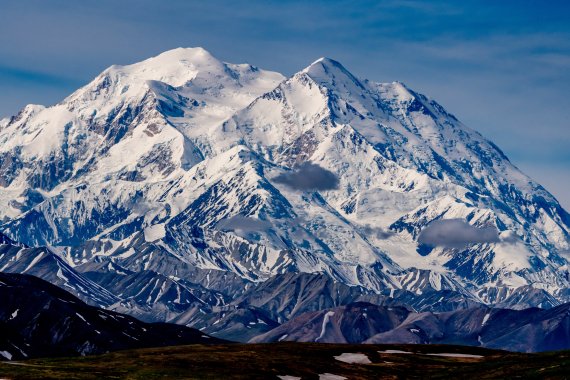
Denali is (known as Mount McKinley from 1917 to 2015) is the highest mountain in Alaska and North America, at 6190 meters.
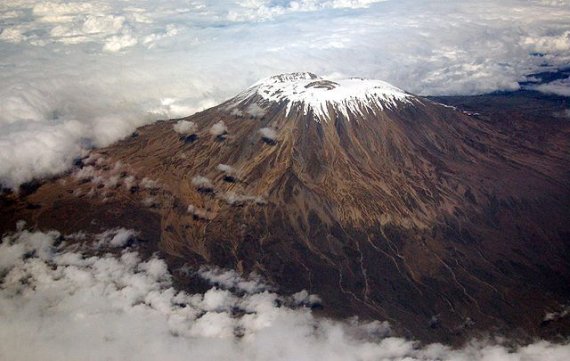
In Africa, the Kibo with its proud 5,895 m is considered the highest mountain on the continent.
In terms of the first ascent of the Seven Summits, Messner was not only less successful than his colleague from the USA. On August 5, 1986, the Canadian Patrick Morrow stood on the summit of Mount Elbrus and thus completed the ascent of the "Seven Summits" according to Messner's version, and at the same time according to that of Dick Bass. Messner took the ungrateful second place a few months later, but this should not bother him. After all, he was the first person to set foot on all 14 of the world's eight-thousanders.
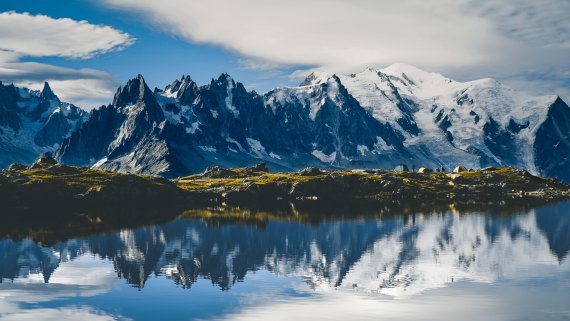
Strictly speaking, Mont Blanc at 4,810 metres is not a mountain of the "Seven Summits", or only to a limited extent. The Elbrus in the Caucasus is the Mont Blanc with a proud 5,642 meters rank. Nevertheless, it is often counted among them and Elbrus is classified as an Asian mountain, where it stands in the shadow of Mount Everest.
Mount Vinson lies at 4,892 m and is therefore the highest mountain in Antarctica.
The eternal battle for the "Seven Summit" records, which began as early as the 1950s, is not just about the title of the first person to conquer all seven summits. Reinhold Messner, for example, can claim to be the first person to have conquered all seven summits without supplemental oxygen, regardless of the respective list. Messner even climbed the Mount Everest without oxygen. If Mont Blanc stood for Europe's highest peak instead of Mount Elbrus, the South Tyrolean would also have been the first overall.
There are many more mountaineers to name who have made history on the "Seven Summits" - and we want to do the same when it comes to the history of individual mountain conquests. In the meantime, several hundred male and female mountaineers have climbed the "Seven Summits". Among them is the US-American Jordan Romero, who is just 15 years old on his seventh summit attempt. In contrast, Japan's Takao Arayama is already 74 when he completes Messner's list. New Zealanders Gary Ball and Rob Hall enter the sporting annals in 1990 with a kind of "speed version" - they complete the seven summits of the Bass version in just seven months. As astonishing as this time is, it has since been beaten several times. On July 28, 1992, the Japanese Junko Tabi became the first woman to be crowned "Seven Summits" queen of both lists. She is no stranger to this, as 17 years earlier she was the first female climber on Mount Everest, the highest mountain on earth.
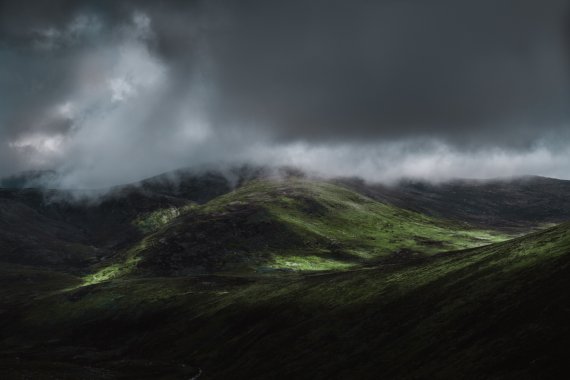
At 2,228m, Mount Kosciuszko is the smallest mountain in the Seven Summits. According to Reinhold Messner, however, the 4,884m high Carstensz Pyramid in Indonesia belongs to the "Seven Summits" instead of Mount Kosciuszko.
 OutDoor by ISPOOutDoor in transition
OutDoor by ISPOOutDoor in transition
- ISPO awards
- Mountain sports
- Bike
- Design
- Retail
- Fitness
- Health
- ISPO Job Market
- ISPO Munich
- ISPO Shanghai
- Running
- Brands
- Sustainability
- Olympia
- OutDoor
- Promotion
- Sports Business
- ISPO Textrends
- Triathlon
- Water sports
- Winter sports
- eSports
- SportsTech
- OutDoor by ISPO
- Heroes
- Transformation
- Sport Fashion
- Urban Culture
- Challenges of a CEO
- Trade fairs
- Sports
- Find the Balance
- Product reviews
- Newsletter Exclusive Area
- Magazine
